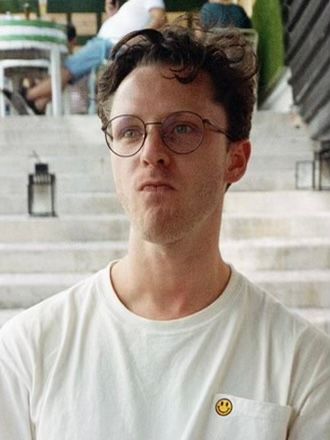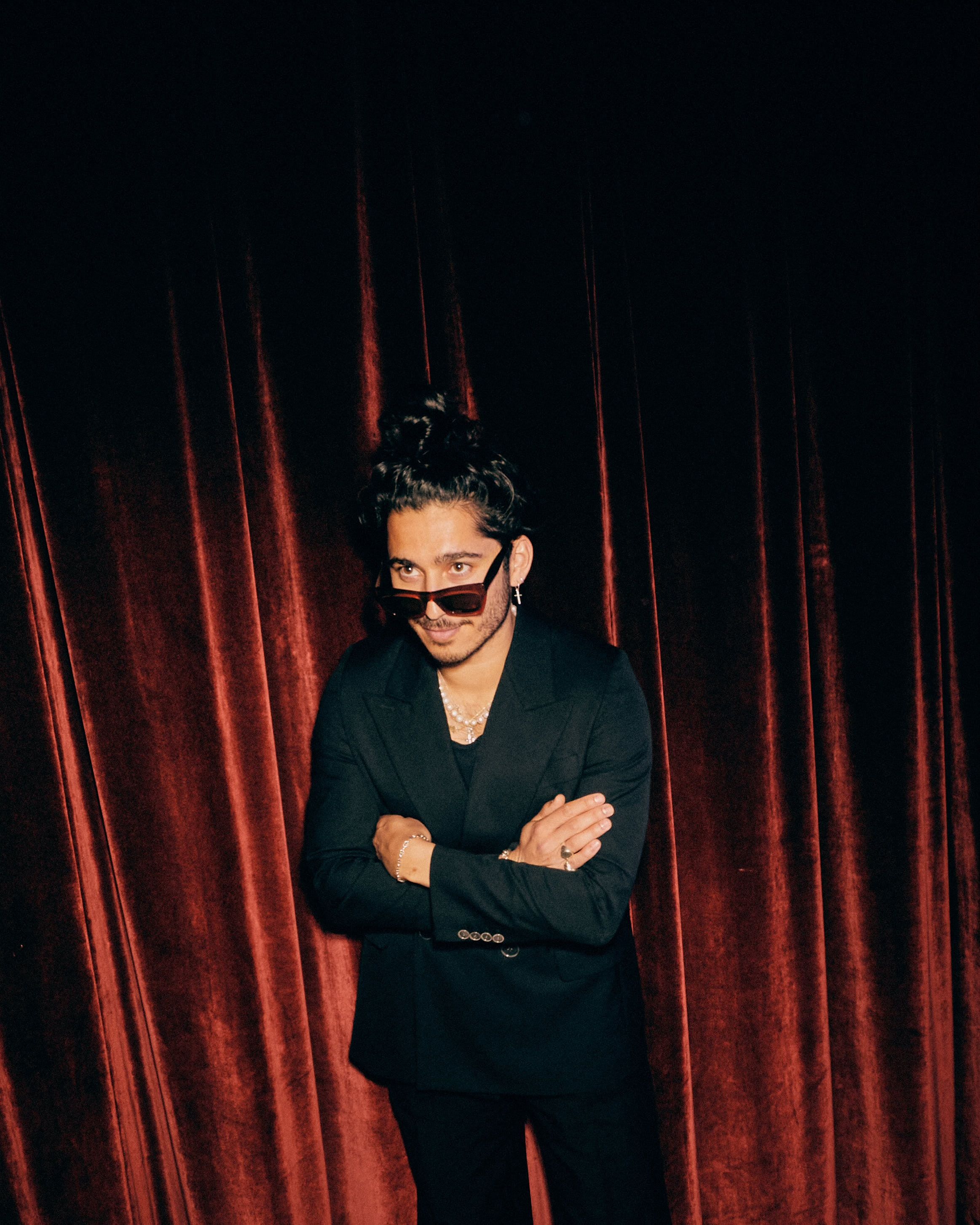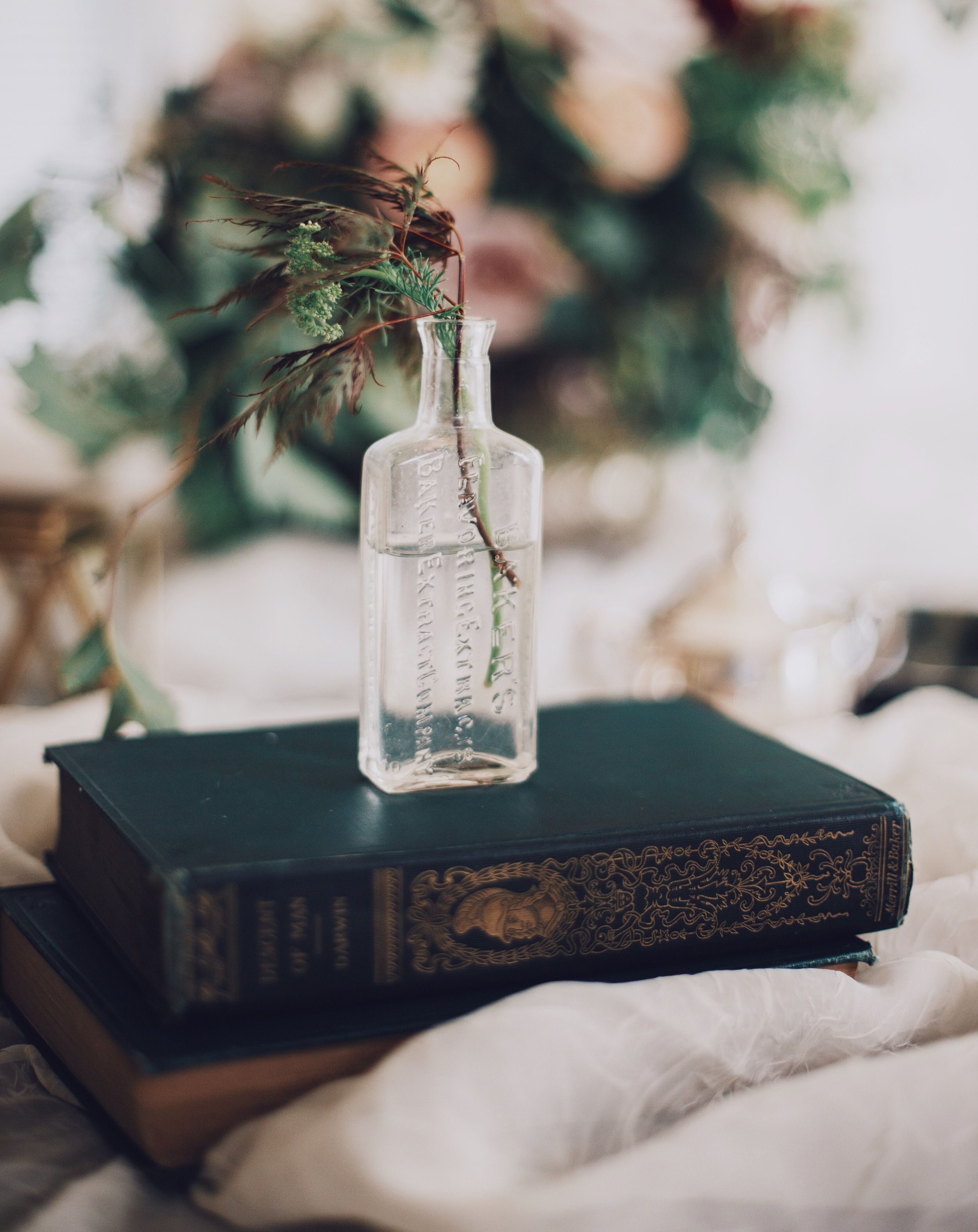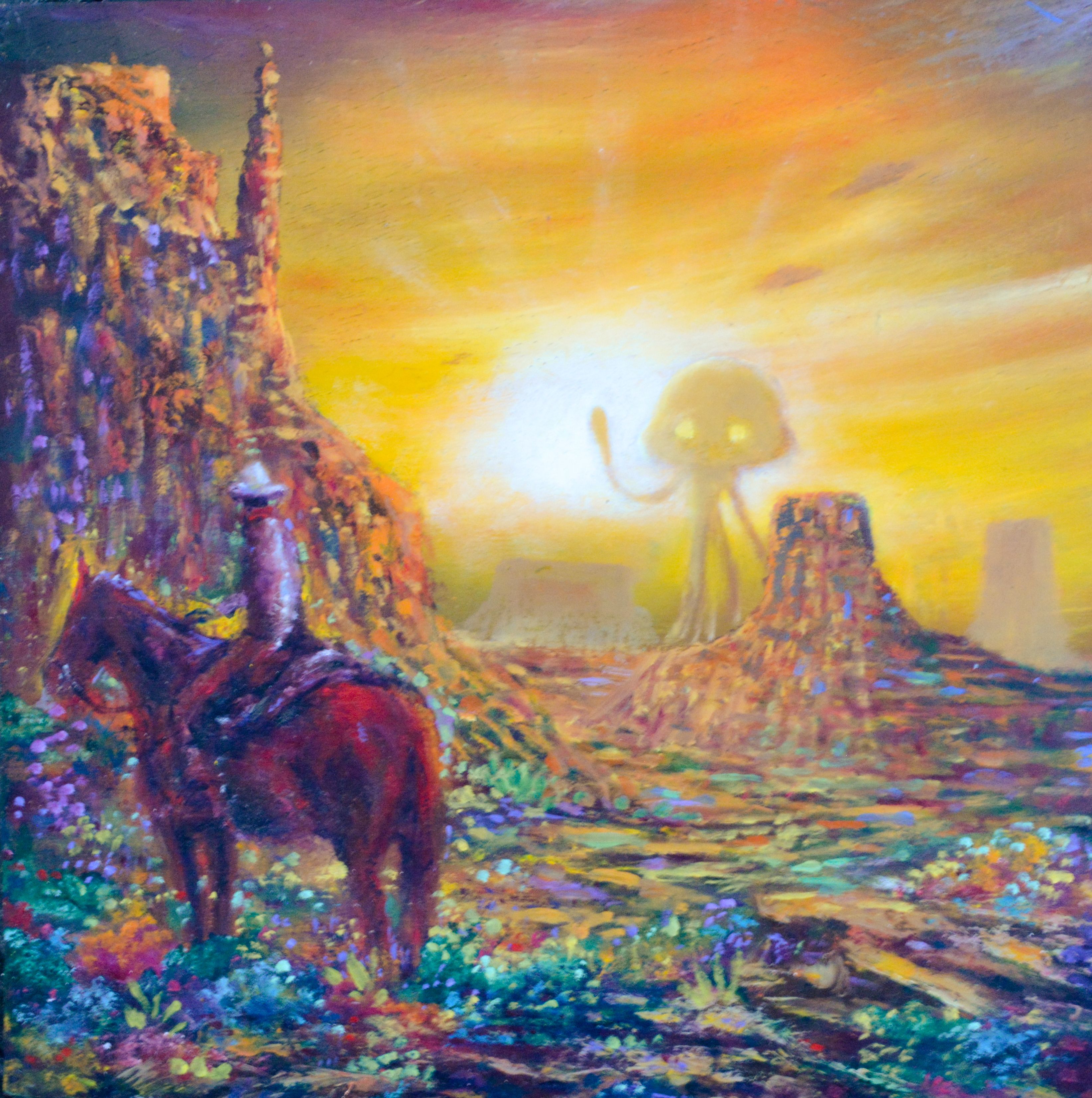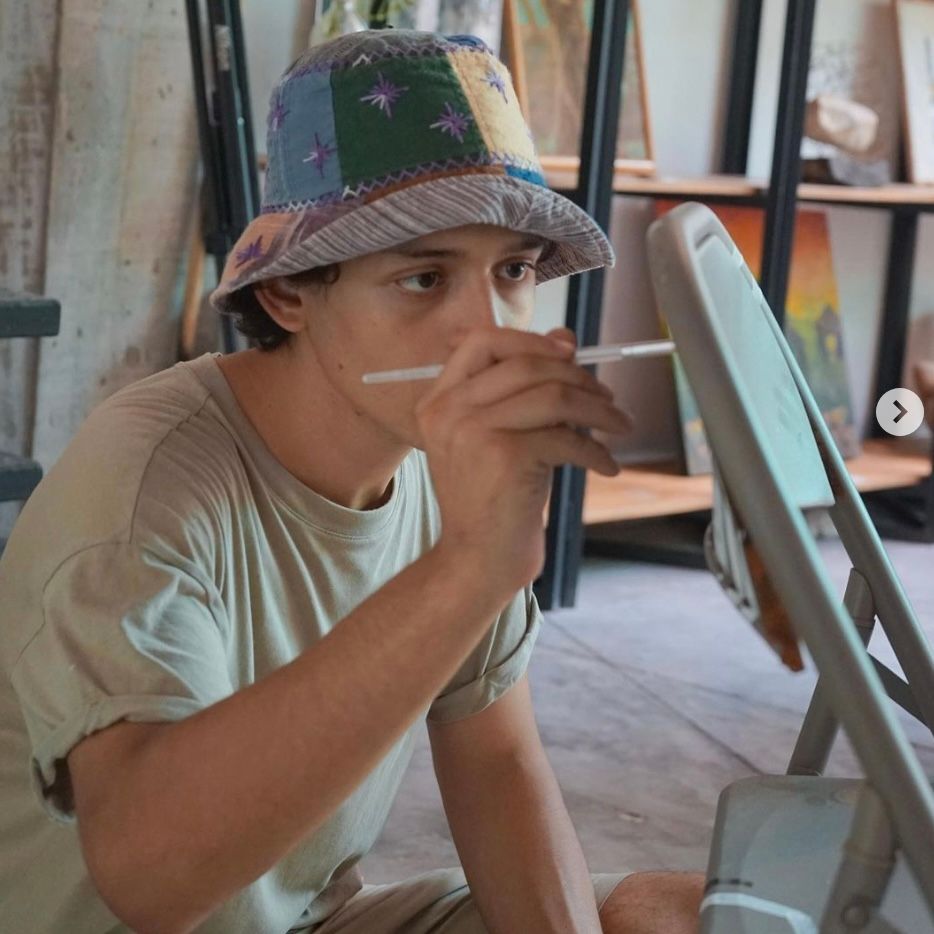Blending muted tones with vibrant color palettes, and monochrome lighting with unorthodox camera angles, Louis Browne’s work feels in many ways.. alive. His style seemingly pulls the viewer into frame, while making the subject pop from it. His work with the camera evokes the sense of being “in it,” whatever the “it” is that happens to end up on the opposite side of his lens.
Hailing from the U.K. but making New York his home now, photographer and director Louis Browne’s body of work spans not only continents but industries. He has worked with musicians such as Olivia Rodrigo and Billie Eilish on promotional campaigns, and shot adverts for companies like Fender, Bulleit Whiskey, and Mercedes-Benz. And along with these projects, his directorial portfolio includes music videos for COIN and Dimitri Vegas & Like Mike.
Each client brings to a project their own individual expectations, demands, and ideas in mind for the end-product they wish to see realized. To meet client goals across different industries is challenging work in itself, and adding into the mix the goal of developing and refining an artistic style provides concurrent layers of complexity to the creative process. Considering these things I sat down with Louis to discuss his artistic style and how he balances his vision with the expectations of his clients across different industries.
James: How did you get started in photography and directing? Did you get started with one before the other?
Louis: I think about this a lot actually, cause it’s easy to fall into something and not remember exactly where it came from once it becomes your reality. I remember we grew up as camera phone cameras got a little bit better, and the generation before didn’t have that. I had this really good camera on my phone when I was 11 and we went on holiday and I thought ‘Cool. I want to take pictures of like, flowers and everything…’ My parents saw me doing that and they bought me a little SLR camera.. tiny little Nikon thing. And then one of my parents’ good friends is a professional photographer. He was like ‘Here is how you can edit.’ He taught me about aperture and shutter speed and it was all over my head at the time, but he taught me a lot.
From there it was just a hobby until I went to University. My housemates were in student media doing radio and writing for the newspaper and they told me to check out student media because I was always into music. I turned up to the office and I learned that radio wasn’t for me, but I ended up realizing that all of these bands would come through and play at our University. So I asked if I could interview these bands and get access to the photo pit. I got to see my favorite bands play. I got the best seat in the house.
James: Was that kind of like... one of the big things? Getting to see all your favorite bands play?
Louis: Oh 100% mate. And to be able to get free tickets when you’re a student. That’s the best. I would be going into dressing rooms of bands that I adored. From All Time Low to LANY to The 1975 to The Neighborhood. I was 19, 20 like.. living my dream.
So suddenly I was doing this degree and thought “Now I want to go into either writing for like the NME or another music magazine, or be a music interviewer.’ That would be my job. And then as that progressed, there were photos, but also there was a little video department at my University and I was made editor of that for music. So again, I could interview bands, but I’d video it. And we’d go around to festivals. We did it backstage at Reading Festival which was huge for me and is huge in the UK. From there I loved it. I built a little portfolio and realized that’s what I wanted to do.
And then one day I went to Costa Rica in the middle of university and put a load of pictures on my Facebook. A good friend of mine, Ed, who was working for the agency I would later work for reached out to me and said ‘When you get out of Uni let’s talk and let’s grab a coffee.’ And then from there I got an internship and started working at an agency.
James: Starting out, where did you look to for inspiration? How did you start to kind of find your style, your aesthetic? Even as it still was kind of just a hobby.
Louis: Instagram wasn’t really around when I was starting, so it was Facebook and Tumblr and the music scene. And music magazines. I would cover the walls of my bedroom with posters from Kerrang Magazine of all these emo bands. I would look at the photos and I knew there were some that I really liked and some just didn’t interest me. And it was more about the photo rather than the band in some ways. I knew I had specific feelings about how they looked, and they made me feel different ways and that definitely impacted my style. And yea along with seeing guys like Ed who kind of trained me, I would just try and take influence from them and Facebook and music mags and try to make that my own.
Then when I was at Uni, I started to do Instagram. The 1975 had just come out with their second album and everything was pink, their whole campaign was pink. One birthday my housemates got me everything pink. A pink beanie, a pink notepad, a pink mug, everything. And this became my little aesthetic on Instagram. I was like ‘Alright cool. If my page looks aesthetically pleasing, cool.’ And everything had to fit. There couldn’t be too much of any other color. It had to be a pink color. This must have been 2015 or 2016.
One day I found a bucket of pink paint at a home store and some dirt must have fallen into it or something, so they sold it to me for cheap. I was like “Sick! This is exactly the right shade of pink.” I took it home and started pouring it on things and taking pictures of it. And I would pour this pink paint into water, into milk, or I would dip chocolate into it and take pictures. And I remember one day I found a TV that had been smashed up on my road and I ran down and poured pink paint on that and took a picture of it. So that impacted the style, and from that I realized you can create an aesthetic. And that’s kind of what got me attention. I remember Ed said, “Your technique we can work on, but I can tell you have got an eye.” And that I think was important.
James: I’ve noticed a lot of your photos are very colorful. Each one is very colorful in like, a single-color palette, or one or two contrasting colors. Starting off, were there certain things in photos, color or aesthetic or shot, that you liked? Or looking back on it now, were there things that you realized that that’s what popped out to me then when you were starting out?
Louis: I think it was a subtlety to color. It’s like being bold without being obvious. It was like ‘Where is this light coming from and how is it motivated?’ And when I say motivated it’s like ‘All right this isn’t just someone holding a red flash.’ Maybe that red flash is coming from an exit sign, or a car light, or something. And that was interesting.
There is a photographer called Jeff Hahn, and he would shoot gels on film, and it would be this beautiful colored light on like, super dewy kind of faces. And I was super inspired by him, and Ed Cooke, and another guy Jack Bridgland, who I kind of learned a lot from. And I would ask myself ‘How can I reach that?’ and ‘How can I do that?’ I’d assist these guys and ask myself ‘Ok why have they put that light there?’ or ‘Why are they moving this?’ I’d see all these studio set-ups. I was lucky to learn in a studio set-up, which I think is quite uncommon.
James: I imagine with being outside, you know.. obviously you’re kind of at the mercy of the light throughout the day. So that aspect of studio lighting where you can get it at any angle, or any shade or color gives you much more room to play with and move around with and kind of experiment with.
Louis: Yea exactly. In photography, what I’m learning is if I want as little stress as possible, I need to put everything into place so that I can reach my goal for what I want from that day or from that shoot. Just to control as much as I can.
When I was young and I would shoot, one day I’d be like ‘Alright that came out really nice and the face looks great and exposed well and soft and la la la.’ And then another day I’d hate it, and it would be like ‘Why is my camera doing this?’ or ‘Have I edited it wrong?’ or ‘Is it the model?’ or like the location or whatever. And the more and more you do it the more you realize what those variables are and then how to control them. So for example you don’t want to shoot really in the middle of the day, but if you really have to you can diffuse it with a big silk or something. And that’s one kind of way to control that.
A while back I shot a whole swimsuit campaign on a beach, and there wasn't the budget to have any diffusion or enough assistance to cover that. We were shooting in the middle of the day in Florida and the light is horrible because you can’t do that. Whereas if you look at a Sports Illustrated cover for example you can tell that they have manipulated the light as much as they can. So It’s trying to get as much control as you can so that you can push your shoot times to be at golden hour, or completely dark so you can use flash. It’s really using what you have. Studio time is expensive too, so using someone’s bedroom or a little location house can be way more fun than being at the mercy of the sun.
James: Looking at your work in the past few years you’ve started to direct more, shoot music videos, ad campaigns.. and this ties into your last point a bit about different lighting outdoors and in studios and all that. The conditions seem so different. How do directing and photography differ? And how does directing influence your still photography and vice versa?
Louis: I always thought a natural progression for a photographer would be to move into a director of photography, because it’s all about the framing, the composition, and all of that. What’s interesting is in photography is it is kind of your show to an extent. You’re the photographer, you have a great team around you, but a lot of it is on you to shape how you want it. With video you’re a part of a team but you’re a lot smaller in that whole thing. There are so many elements.
In directing.. you can assemble the dream team really. You can really bring in super talented individuals that can do set design or styling or lighting way better than you could ever hope to, so that’s what’s really exciting. So, you can get a really great gaffer who can light everything exactly the way you want it. You can just give them an idea or reference and they can do that. With an amazing DP [Director of Photography] they can just make an everyday moment look cinematic and glossy through their awareness of the light and lenses and all of this. From assembling a good team, you can then sit back and focus on what you want. You’re almost like a conductor.
James: So with photography it's more your work with just the camera and your show with the subject, and with directing it’s more a team effort, but with that collaborative, creative process you get to bring in very talented people, who have maybe different ideas that might make this pop or make that shot or scene stand out. So what the frame looks is your call, and what the subject is and how it looks in the lens is your call, but a lot of the other things can be impacted on the set by other very talented creatives?
Louis: Hugely. Yea it's far more of a collaboration. And I didn’t even mention producers. They’re a huge role. I never really understood what producers did when I was younger and watched movies. Like they will assemble the teams and recommend all these team members. So shout out to producers. You can’t do a video without those talented people.
James: I guess that's a pretty nice tie into the next question I wanted to ask. You know with photography/directing you’re obviously working with a creative team on your end, but also working for clients that are looking for their own particular outcome or deliverable. When you’re looking at a shoot or music video or directorial project, how do you approach that balance? How you see a shot or a scene or a video with what your client wants and what they are looking for.
Louis: That’s such a hard one. Something I kind of think about every day, because ultimately on a commercial job … It’s a weird catch-22, because ultimately they are going to book you for your style. You’ll be up against three or four other photographers for that shoot, but it’s your portfolio that’s going to win that for you - your attitude and your ideas when you’re pitching a treatment or making your own mood board.
So.. ultimately in booking you, it’s your style. Once you’re there on the day, even if there are a flock of creative directors and art directors and clients and management around you, you have to remember - you’re there for a reason and they booked you because of your style and the 5-6 years and tens of thousands of pictures you’ve taken to get up to this point and to develop your style.
James: That’s a really good way to look at it.
Louis: Because ultimately your style isn’t an Instagram page, it's everything you’ve shot. It’s the culmination and middle ground of all of that work.
James: They kind of already trust you a little bit to have some leeway because of your work and you know with just the bidding process they have already made a decision with this. That “this is the style we to go with.”
Louis: Exactly, and the best art directors, they will really let you shine. I remember when I first worked with my now good friend Vincent Venema on an Adidas job. He was so great and really let the art shine. He said “Look, we have some safety things to get. This is what the client has signed off on and this is what we’ve agreed and here’s the shot list. So let’s get this and let’s make it great. And.. when we have time, you go wild.”
He taught me the term ‘happy accidents’ which I will always remember. Again, you’re booked for your personality and your eye, so he said to me ‘Let that roll and go with it and have fun. Take the talent off and keep it a skeleton crew. We won’t be breathing down your neck, and then I’m sure you’ll get some magic.’ Sometimes it sucks and you’ll need to go with the safety shots, but then sometimes you’ll get a whole other look or idea that they didn’t know you could’ve got. Whether it’s exploring a different wall or light or color.. that’s really exciting. It’s remembering you’re there for a reason.
You also have to be humble, because you’re there on the set, for one day, two days, three days. And you may have had 1 or 2 weeks of pre-production with the team, but they’ve probably been planning this shoot for 6 months: signing off a budget and telling the client ‘This is why we’re going to do this big shoot, and here’s where we’re going to put these pictures. It’s going to live in this billboard or on a banner ad on this website.’ So it humbles you in a way when you realize that you’re just a tiny part of a far bigger campaign. You’re there to do a job and a lot of other people need these to be what they want so that they can also do their job well. It’s like ‘do what this client wants you to do and don’t have an ego, but then when you need to be confident and bring in some ideas then let loose.’
There is a time to be indulgent and selfish, but if you’re on someone else’s time and someone else’s set then balance that. It’s hard to bring your own spice into it, but if you prepare well and understand the brand you can do that.
James: It’s in that creative process you can’t really time it or put control on it, its spurious. Sometimes it takes a little bit to find the right shot, and others it’s immediate.
Louis: Exactly. And also, being self-aware enough to say no. You’ve got to play to your style.
Sometimes, whether it’s a brand or a budget or a location that might allure you to shift your style, in the long run you have to know your style and respect the client and on occasion be able to say ‘I don’t think I’m going get what you want on this’ or ‘If I do this it is going to be different from what you want it to be.’ That’s why communication and preparation and pre-production calls and mood boarding are great. Because then you can take your reading or understanding of the brief and be like ‘alright this is where I want to take it.’ Sometimes they will be seeing stuff they didn’t even think of. Or sometimes they’ll say “This is far too.. you know, dark and moody for our campaign.’
I recently did a commercial job and one of the clients’ concerns was that in shooting the stuff I do in music or sports they worried it might be too gritty or grainy or not appropriate for their brand. So that made me think and assess ‘okay what am I bringing to this?” And in that sense, my style here is about the people and the framing. Bringing in a lifestyle sense and bringing an authentic, non-staged, cool reaction or pose or moment out of the talent. And again, being humble enough to not want to put grain or red light on something like that.
James: Have there ever been projects where you’ve gotten on-site, and maybe they liked the mood board or you had looked at what they wanted shot and thought ‘I could maybe do this,’ but then you get on site and the situation is completely different? Either you don’t feel comfortable with the direction they want to take the shoot, or they come back and say, ‘Well I don’t know if this is the style.’ Have you had those projects that their vision and your aesthetic don’t match? And how did you navigate those projects?
Louis: On occasion I’ve jumped on commercial jobs where clients will book me in order for me to make their product a bit ‘cooler’ and that’s what they think they want. I come in and try to achieve that, but going back to our earlier point, there might be too many elements that are controlled by other forces so that you can’t make it ‘cool’ just by the way you’re shooting it. Like you need to change the product or the location or the lighting. And often if you’re doing stills on a commercial shoot you might only actually have 5 minutes to jump in to get one shot out of eight on your shot list. So you don’t have the time, the manpower, or the authority on set to get everyone to change the lights or move things. And your model is probably tired with the acting or the shoot. You’re kind of left with not much to play with.
On those occasions you realize that this isn’t maybe for me. This isn’t my strength, and it reflects when the client isn’t happy or missed things. And from that you learn to definitely say no.
James: You just kind of manage as they develop, and you then get a clearer sense of what projects you can work on and what projects you can’t?
Louis: And being open to learning and being humble and not thinking ‘This was wrong because my assistant didn’t light this correctly’ or ‘I did the wrong angles’ or ‘the production didn’t prepare me well enough or give me enough time.’ It’s taking it on you to say ‘I need to shape these things and I need to put my foot down early and make sure everyone’s aligned.’ It’s realizing you’ve messed up and being self-aware and taking your learnings and just remembering that for next time.
James: With working with all of these different brands and clients, what do you think about your work resonates with them?
Louis: I think there are a lot of technically or artistically better photographers out there than me, and I mean that in not an effusive way. I think what I’ve realized on set is that people and clients want to work with people that are going to get a guaranteed result. And whether that is photographic or emotional or just a moment, people are searching for a result or for a moment that is captured. And I strive until we find, and keep going until we get an authentic, exciting, kind moment on set instead of pushing to get the exact photo I want. I think I put more importance on the scene we are creating and the environment and the feeling and the emotion by being interpersonal with whoever is there on set, instead of fussing or worrying too much about the end product. I think people are maybe drawn to the eyes or the feeling in the subjects that I shoot more than the actual picture itself.
James: The last question here is for those starting out; either just looking at photography or starting to build their portfolio. What advice do you have for those photographers and directors that are trying to navigate building and developing and honing their personal style alongside the demands and expectations of different clients?
Louis: Above all, be true to yourself. Take the photos you enjoy and get excited by. It’s so easy in the Instagram age to try and copy or aspire to take the same photos as other people. Styles are changing and are moving all the time. If everyone was just trying to shoot like the person next to them, stuff wouldn’t be interesting and there would be no development. So only in being true to yourself, taking the influence you want to take, and putting your own spin on things is the way your work is going to shine.
James: Thank you so much for taking some time to chat. Always a pleasure.
Louis: Of course mate!
You can see more of Louis’ body of work here.
